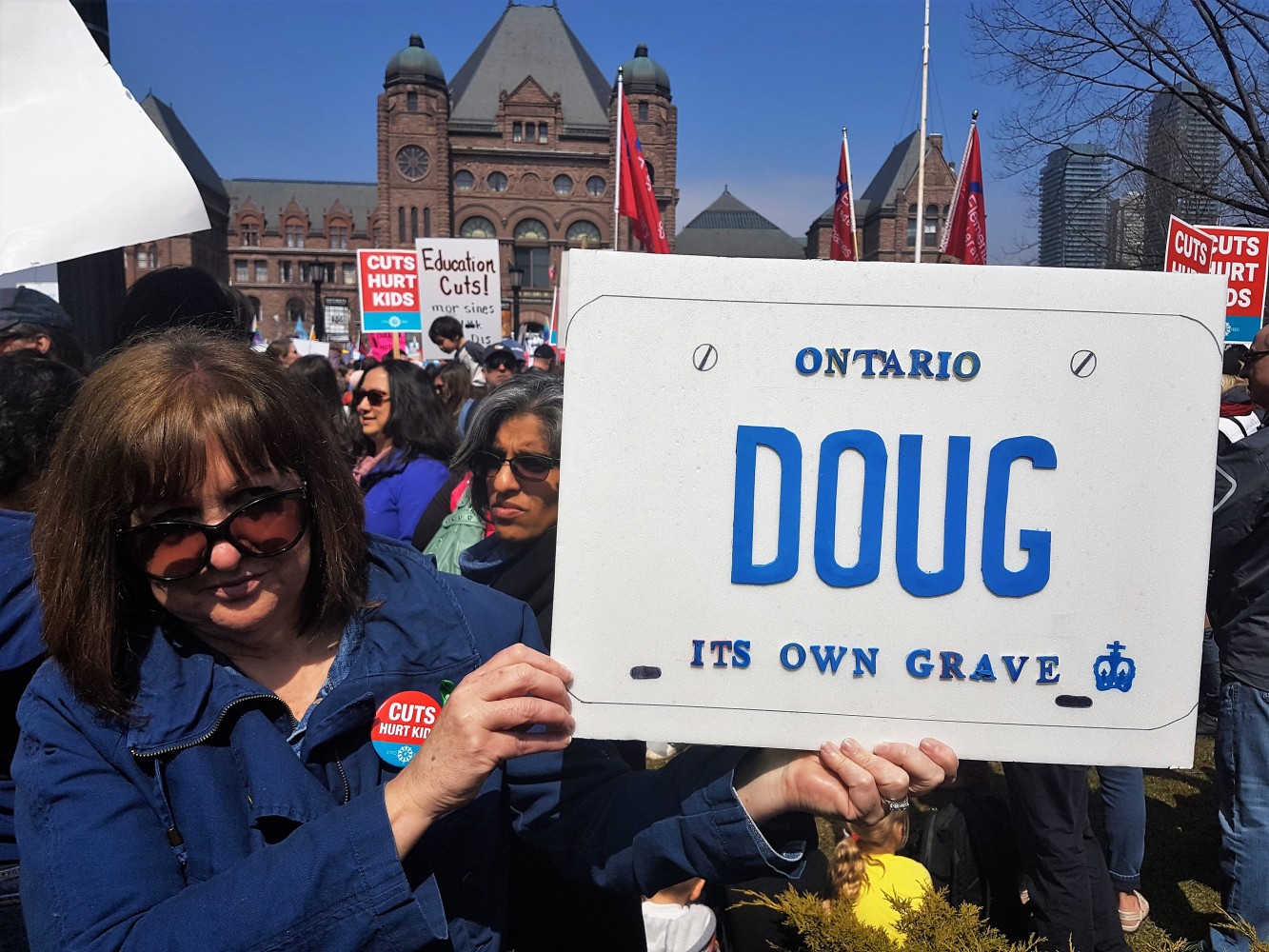
Province’s sudden reversal of unpopular class size increase for 2019 leaves Peel boards in chaos
In its second major education announcement in as many days, the province of Ontario, less than two weeks before the start of classes, has delayed its decision to bump high school class sizes, a move that many educators and stakeholders feared would lead to mass layoffs and in Brampton exacerbate overcrowding in the schools.
But the move, while surely welcomed by educators, students and families, has thrown Peel’s two public boards into chaos, as layoff notices to teachers had already gone out and some courses had been chopped because of the PC government’s initial plan. It’s now unclear what will be done to accommodate the flip-flop less than two weeks before school starts.

Recently appointed Education Minister Stephen Lecce
The update Thursday from Education Minister Stephen Lecce delayed the province’s decision to bump high school class sizes from 22 to 28. The one additional student added to caps for Grades 4 to 8 classrooms will still move ahead.
For the Peel District School Board (PDSB), it is still too early to tell what the outcome will be for this school year. With students set to return to classrooms in two weeks, the board would not comment on whether the recent announcement will throw a wrench into course planning for students or lesson planning for teachers, who may now be placed in different classes as a result of the change.
PDSB spokesperson Carla Pereira directed The Pointer to a short statement released on the board’s Twitter account, which simply states, “before we can share info with you about the impact of the class size changes that were announced by Minister (Lecce) today, we must review ministry technical papers — waiting on those. These will give us a sense of what may be needed in terms of reorganization or re-timetabling.”
The Dufferin-Peel Catholic District School Board did not respond to a request for comment ahead of publication.
Lecce said in a press release that the delay in class size increases — something educators and many students and parents have been asking the government to reverse — was based on his determination to “put our students first and listen to those we serve."
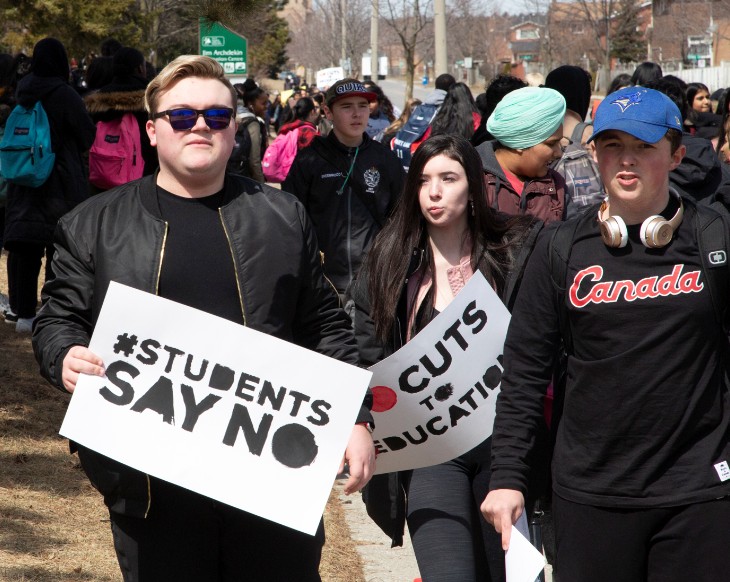
Brampton high school students joined a spring province-wide protest to the planned class size increases
That comment, suggesting a change in philosophy in response to widespread backlash, could mean that the decision will extend beyond this year. But the Doug Ford government’s long-term plans remain unclear, creating a chaotic situation for school boards trying to plan budgets and staffing.
“Today I want to reassure students and their families that this September class sizes will remain effectively the same as last year,” Lecce stated Thursday. “From day one, I have made it clear that I was intent on listening to, and working with, our education sector partners.”
However, the move did little to appease secondary school teachers, who are in the midst of bargaining with the provincial government for a new contract as the current one expires at the end of this month.
According to Ontario Secondary School Teachers Federation (OSSTF) president Harvey Bischof, the move is “just more smoke and mirrors from the Ford government.”
“This is nothing more than a feeble attempt at sleight of hand on the part of Minister Lecce,” Bischof said in a written statement. “His government declared war on the province’s public education system back in March, and he would like us to believe that today’s announcement constitutes an olive branch. Sadly, it is nothing of the sort. It is simply a new plan of attack with the same destructive objective.”
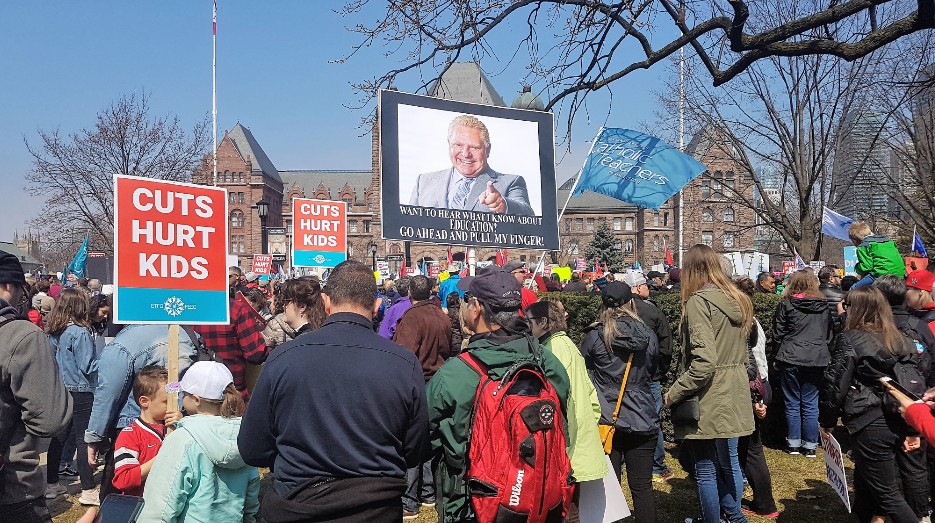
Teachers protested the planned class size increases in front of Queen's Park last spring
The Elementary Teachers Federation of Ontario (ETFO) described the move as confusing and accused the Ford government of creating needless disruption.
“If this is true it would appear that the Conservatives created a tremendous amount of chaos, confusion and stress on students, their families and educators for a number of months; all of which was unnecessary,” the ETFO tweeted as the news unfolded.
"Our mission remains to land a deal in good faith, that puts our students first, so parents and educators can have the predictability they deserve,” Lecce said in his statement.
When the province first announced the proposed class sizes, the news was particularly worrisome for educators in Brampton.
The city’s schools are already bursting at the seams, forcing hundreds of students to learn outside school buildings, in portable classrooms that are intended for temporary relief. In Brampton, it’s not uncommon to see more than a dozen of these portable structures, which have become permanent fixtures, lining the fields and parking lots of the city’s schools. For example, at Brampton’s St. Thomas Aquinas Secondary School, near Torbram Road and Central Park Drive, there are 22 portables to help house about a third of the school’s 1,937 students. At St. John Fisher Elementary School, there are currently 10 portables.
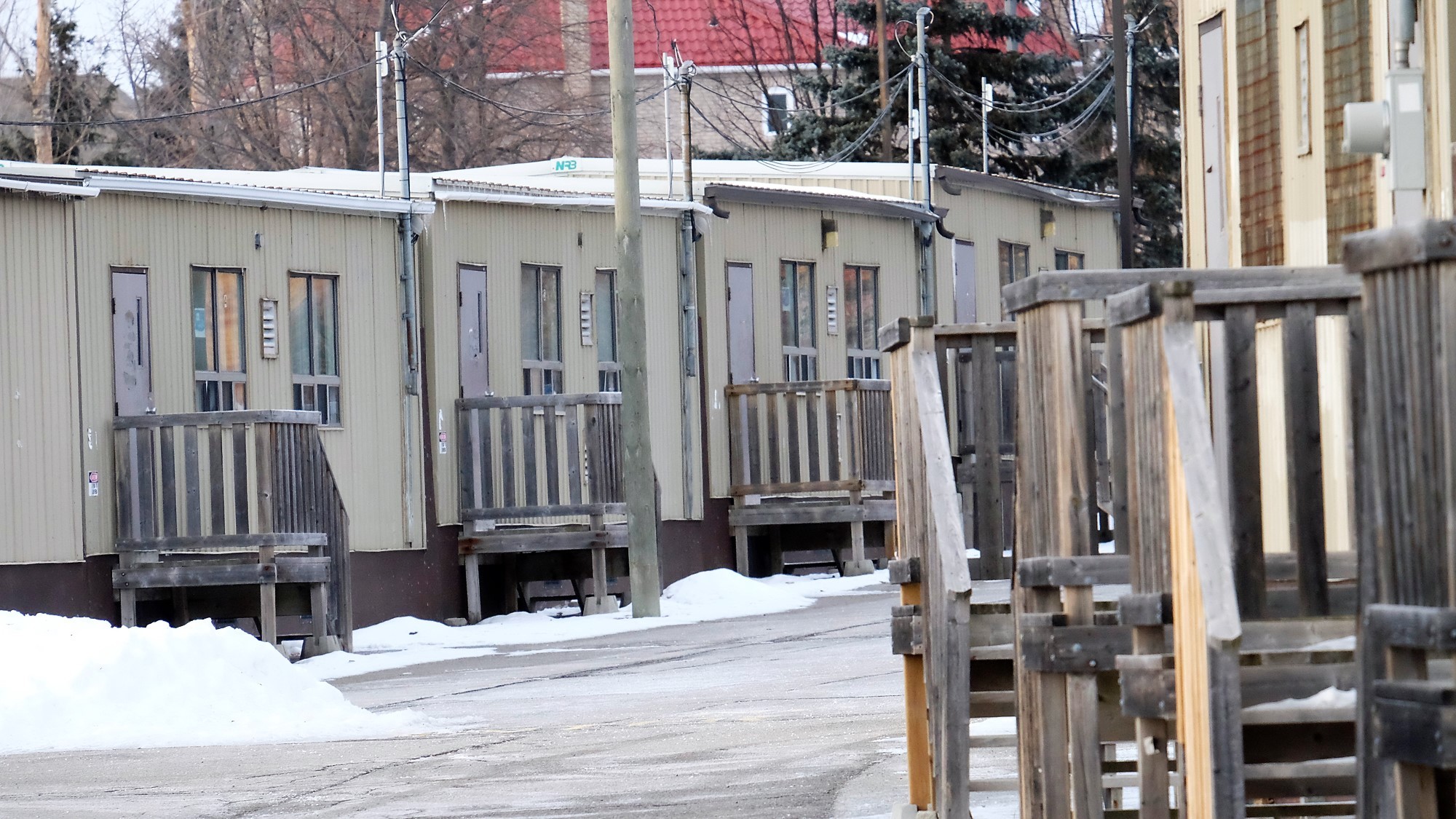
Increasing average class sizes was part of a move by the province to do more with less, as the budget also saw a reduction in per-student funding.
Core support for schools comes through the Grants for Student Needs (GSN) funding. As part of their budget, the governing PCs hailed what they described as an increase in funding to schools, projecting total spending for 2019-20 to be $24.65 billion, up slightly from the $24.61 billion invested in the previous school year. The additional funds are spread across many key grant areas, providing for classroom needs, school buildings and special programs.
During the 2018-19 school year, the province spent an average of $12,293 per student, with just over 2 million students in the public education system. That amount will drop to about $12,246 for 2019-20, as enrolment province-wide is expected to grow by 11,601 students. So the claim by the PCs that more money is going into the education budget, while true, is misleading.
The funding changes, combined with the looming increase to class sizes, had both boards planning for teacher layoffs.
The PDSB issued layoff notices to 369 teachers and 30 early childhood educators, mostly due to the increased average class size mandated in high schools and Grades 4-8. All of the elementary and some of the high school teachers were eventually recalled, but others were placed on the long-term occasional and supply lists. To go back to the previous program at this stage, schools would have to scramble to reinstate courses that had been cancelled and place the required teachers, with less than two weeks to go. It’s unclear whether some or any of these classes will be brought back for the upcoming year.
Both the Peel District School Board and the Dufferin-Peel Catholic District School Board will be forced to make do with almost $1,000 less per student than the provincial average.
Both boards made their concerns public in open letters to local PC MPPs and former education minister Lisa Thompson, claiming Premier Ford’s tunnel vision would have sweeping impacts on Peel’s youth in the years ahead.
“Put simply, increasing class sizes places more value on lowering the provincial debt than in investing in the future of Ontario’s children and youth. That is a substantial price to pay,” PDSB chair Stan Cameron wrote in a May 14 letter.
The correspondence was a followup to an earlier letter sent by the board at the end of March detailing several concerns with the cuts to education felt by school boards across Ontario. The board’s March letter did not receive a response from the province.
However, following its May 14 correspondence, Peel’s PC MPPs penned an open letter of their own. In an overtly defensive tone, the MPPs accused the school board of misleading the public with “premature, or simply not true” information, particularly when it came to statements around the number of potential teacher layoffs for the upcoming year.
“Let us be clear, we are not firing teachers. Layoff notices are an annual occurrence during the budget planning process, in line with deadlines, established in local collective agreements,” the MPPs’ letter reads, adding that many teachers are then recalled to their roles once budgets and enrolment projections for the school year have been analyzed. “Suggestions otherwise have caused grief and anxiety to both students and teachers.”
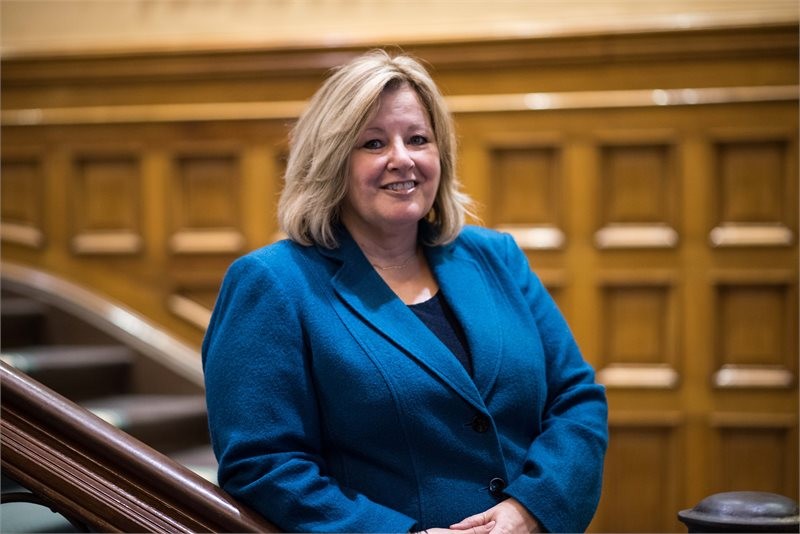
Former education minister Lisa Thompson
It’s now clear that the ministry did not have a well-formulated plan and the flip-flop announced Thursday suggests disagreement over fundamental education policies. In late June, as part of Ford’s sweeping cabinet shuffle, Lisa Thompson was dropped as education minister and Lecce was named to step into the role. At least one union leader told The Pointer that his arrival marked a dramatic departure from Thompson’s stance toward educators, as she had shut down almost all communication between the ministry and school boards, as well as the various unions representing teachers in the ongoing collective bargaining negotiation, ahead of the looming deadline to sign new contracts by the end of August. Thompson had suggested the larger class sizes would toughen-up students and make them more resilient. She was widely criticized for being callous and failing to understand the potential negative impacts to education outcomes.
Gail Bannister-Clarke, president of the Peel Elementary Teachers’ Local and an executive member of the Elementary Teachers’ Federation of Ontario, said at the time that Lecce immediately changed the tone and opened up previously closed lines of communication.
But the reversal on high school class sizes has already prompted many observers to question if the Ford government ever had an actual plan to address changes in education policy and a workable budget strategy.
Email: [email protected]
Twitter: @JoeljWittnebel
Submit a correction about this story


